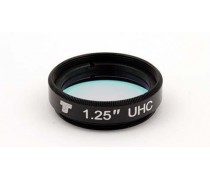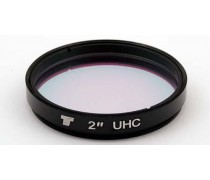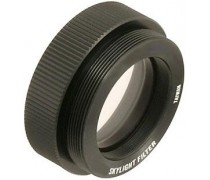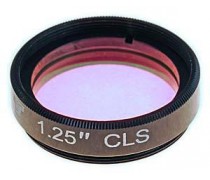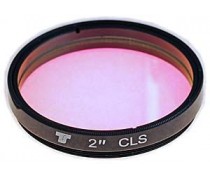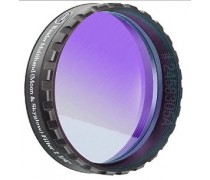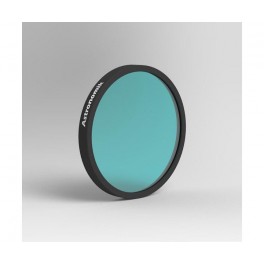 Ingrandisci
Ingrandisci Astronomik CLS Filter 36 mm, mounted
Astronomik
- Rimuovi questo prodotto dai miei preferiti
- Aggiungi questo prodotto ai miei preferiti.
- Stampa
An inexpensive filter that works against light pollution effects when viewing Deep-Sky objects with small telescopes.
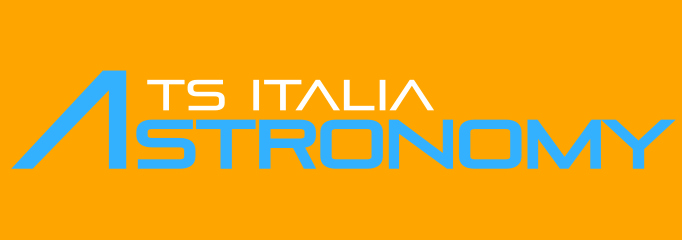
![[USATO] Fornax 52](https://www.teleskop-express.it/img/p/9/9/2/6/9926.jpg)
![[USATO] Astrografo RASA 11″](https://www.teleskop-express.it/img/p/9/1/8/7/9187.jpg)
![[DEMO] Camera QHY 268 Mono BSI](https://www.teleskop-express.it/img/p/6/5/0/1/6501.jpg)

![An inexpensive filter that works against light pollution effects when viewing Deep-Sky objects with small telescopes. [EN] An inexpensive filter that works against light pollution effects when viewing Deep-Sky objects with small telescopes. [EN]](https://www.teleskop-express.de/shop/Bilder/shop/astronomik-filter/astronomik-cls-kurve.jpg)
